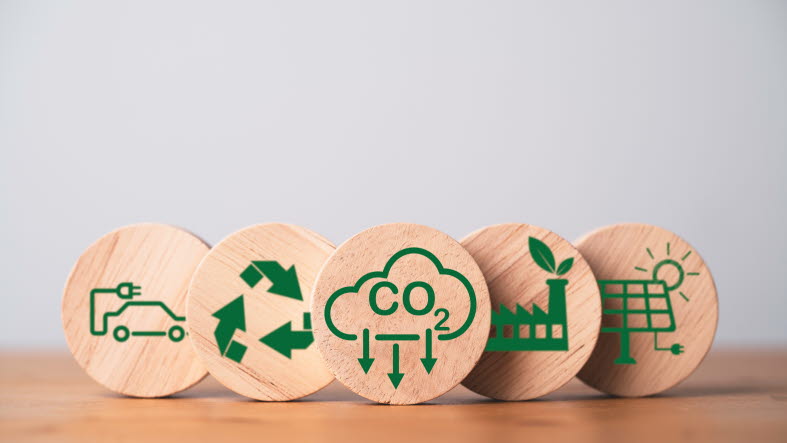China still has a firm grip on the lead in the energy transition, but there are now early signs that investment is picking up also in the West. The first quarter of 2023 thus saw a 50 percent jump in renewable energy investment in the EMEA region, reaching the highest level in three years. Meanwhile, more than USD 150 billion in domestic utility-scale clean energy investments have been announced during the first eight months since the US Inflation Reduction Act was passed in August last year.
“China still leads, but a surge in Western clean-energy investment is underway and several energy-using sectors are close to tipping points,” says Thomas Thygesen, Head of Research, Climate & Sustainable Finance, at SEB. With electrification spreading to commercial vehicles and other parts of the transportation system and strong policy support for the Western economies to play catch-up, he still expects global clean energy investment to double by 2025 and again by 2030.
“This means we are very close to a peak in global fossil energy consumption and still have a realistic chance to complete the transition by 2050,” Thomas Thygesen says.
The report also features an update on the sustainable finance market. The market for sustainable bonds and loans continues to drift lower. The first four months of 2023 saw sustainable debt issuance decline to USD 450 billion, down from USD 543 billion in the same period last year. Developed market flows into SRI/ESG-labelled funds for both bonds and equities have also levelled off over the past 18 months, after posting exponential growth in the preceding years.
“The main reason behind lower sustainability-labelled debt transactions this year is that issuance of labelled bank loans is down, especially in Asia and North America,” says Gregor Vulturius, Lead Scientist and Advisor at Climate & Sustainable Finance at SEB. “Labelled bond issuance, on the other hand, is still rising. In Europe, where ESG is less politically embattled than in the US, fund flows continue to support the demand side.”
The report contains contributions from Aker Carbon Capture and Airbus about the great potential of Bioenergy Carbon Capture and Storage in the Nordics and the importance of carbon removal solutions to reach net-zero targets. The report also contains an analysis of the EU’s Carbon Boarder Adjustment Mechanism.
About The Green Bond report
SEB, which together with the World Bank developed the green bond concept in 2007/2008, publishes the research publication The Green Bond 5-6 times a year. It strives to bring readers the latest insight into the world of sustainable finance through various themes. Even though the report covers all kinds of products and developments in the sustainable finance market, we have decided to keep its historic name – The Green Bond – as a tribute to our role as a pioneer of the green bond market. You can find The Green Bond report at sebgroup.com.

